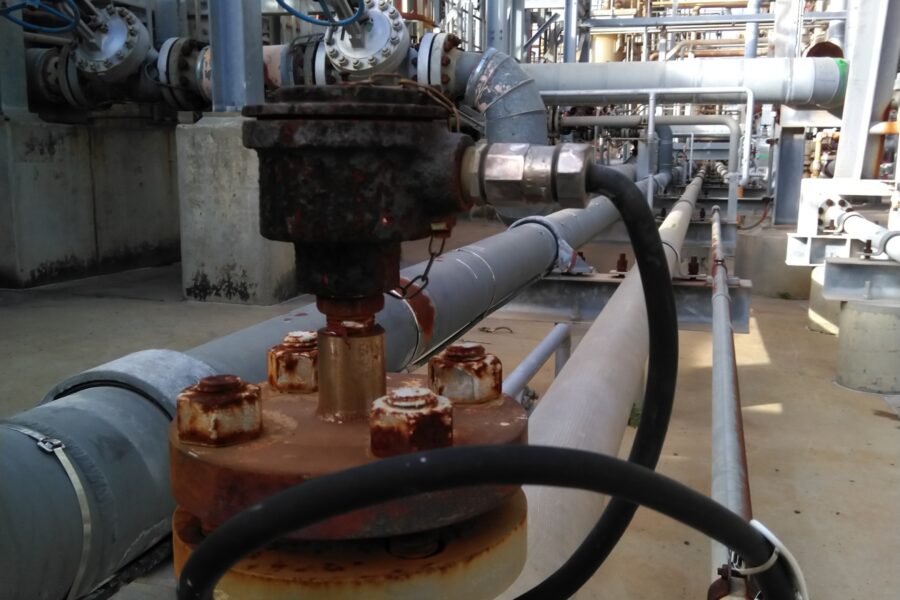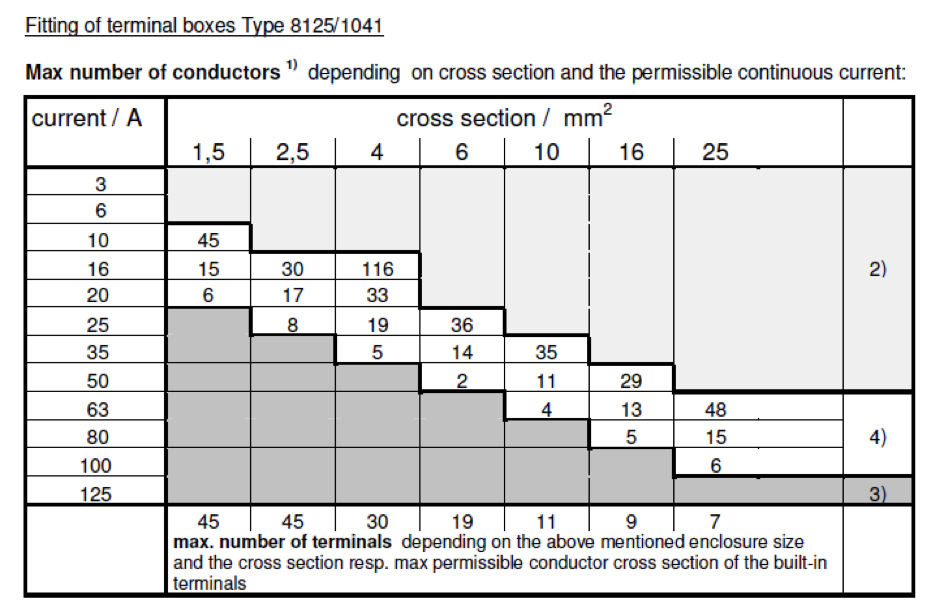Our Roar Solutions Diaries
Our Roar Solutions Diaries
Blog Article
Roar Solutions Fundamentals Explained
Table of ContentsOur Roar Solutions PDFs3 Easy Facts About Roar Solutions ExplainedNot known Facts About Roar Solutions
In such an atmosphere a fire or explosion is feasible when 3 basic problems are met. This is usually described as the "hazardous area" or "burning" triangle. In order to safeguard installments from a possible explosion a technique of analysing and identifying a potentially dangerous location is called for. The objective of this is to guarantee the correct option and installment of devices to inevitably stop a surge and to make sure security of life.
(https://sandbox.zenodo.org/records/174151)
No tools needs to be set up where the surface area temperature level of the tools is more than the ignition temperature level of the offered risk. Below are some usual dust harmful and their minimum ignition temperature. Coal Dirt 380C 225C Polythene 420C (melts) Methyl Cellulose 420C 320C Starch 460C 435C Flour 490C 340C Sugar 490C 460C Grain Dust 510C 300C Phenolic Material 530C > 450C Aluminium 590C > 450C PVC 700C > 450C Soot 810C 570C The chance of the risk existing in a concentration high adequate to trigger an ignition will certainly vary from place to location.
In order to identify this danger an installation is split right into locations of danger relying on the amount of time the dangerous exists. These locations are referred to as Zones. For gases and vapours and dusts and fibres there are 3 zones. Zone 0 Area 20 An unsafe environment is extremely likely to be existing and may exist for extended periods of time (> 1000 hours per year) and even continually Zone 1 Zone 21 A dangerous atmosphere is possible however not likely to be present for extended periods of time (> 10 450 C [842 F] A category of T6 suggests the minimal ignition temperature is > 85 C [185 F] Hazardous location electrical equipment maybe designed for usage in higher ambient temperature levels. This would certainly indicated on the ranking plate e.g. EExe II C T3 Ta + 60C( This indicates at 60C ambient T3 will certainly not be surpassed) T1 T1, T2, T3, T4, T5, T6 T2 T2, T3, T4, T5, T6 T3 T3, T4, T5, T6 T4 T4, T5, T6 T5 T5, T6 T6 T6 A T Class ranking of T1 implies the optimum surface temperature created by the tool at 40 C is 450 C. Assuming the connected T Course and Temperature score for the equipment are appropriate for the area, you can always use a tool with a much more stringent Department ranking than needed for the area. There isn't a clear solution to this concern regrettably. It really does depend on the kind of equipment and what fixings require to be accomplished. Equipment with certain examination treatments that can read the article not be done in the field in order to achieve/maintain 3rd celebration ranking. Must return to the factory if it is prior to the devices's solution. Field Repair Service By Authorised Worker: Complex screening may not be needed however certain procedures might need to be complied with in order for the devices to preserve its 3rd party rating. Authorized workers have to be utilized to execute the work correctly Fixing must be a like for like substitute. New part must be considered as a straight replacement calling for no special testing of the devices after the fixing is full. Each item of tools with a harmful ranking need to be reviewed individually. These are outlined at a high level below, however, for more thorough details, please refer directly to the guidelines.
The smart Trick of Roar Solutions That Nobody is Talking About
The devices register is a thorough database of devices documents that consists of a minimum set of fields to identify each item's place, technical criteria, Ex classification, age, and environmental information. The proportion of Detailed to Shut inspections will be figured out by the Equipment Threat, which is assessed based on ignition danger (the chance of a source of ignition versus the possibility of a combustible ambience )and the unsafe area classification
( Zone 0Area 1, or 2). Implementing a robust Risk-Based Assessment( RBI )approach is vital for guaranteeing conformity and safety in handling Electric Tools in Hazardous Locations( EEHA).
The 4-Minute Rule for Roar Solutions

In terms of eruptive risk, a harmful location is a setting in which an eruptive atmosphere is existing (or might be anticipated to be existing) in quantities that require unique precautions for the building and construction, setup and usage of devices. eeha training. In this article we discover the challenges encountered in the work environment, the danger control measures, and the needed expertises to function safely
These materials can, in specific conditions, form eruptive atmospheres and these can have significant and terrible repercussions. Many of us are familiar with the fire triangular get rid of any kind of one of the three aspects and the fire can not take place, yet what does this mean in the context of harmful areas?
In most instances, we can do little regarding the degrees of oxygen in the air, but we can have significant influence on resources of ignition, for instance electric devices. Unsafe locations are documented on the harmful location classification drawing and are recognized on-site by the triangular "EX-SPOUSE" indication. Below, among other key details, zones are split into 3 kinds depending on the threat, the probability and duration that an eruptive atmosphere will exist; Zone 0 or 20 is regarded the most unsafe and Area 2 or 22 is deemed the least.
Report this page